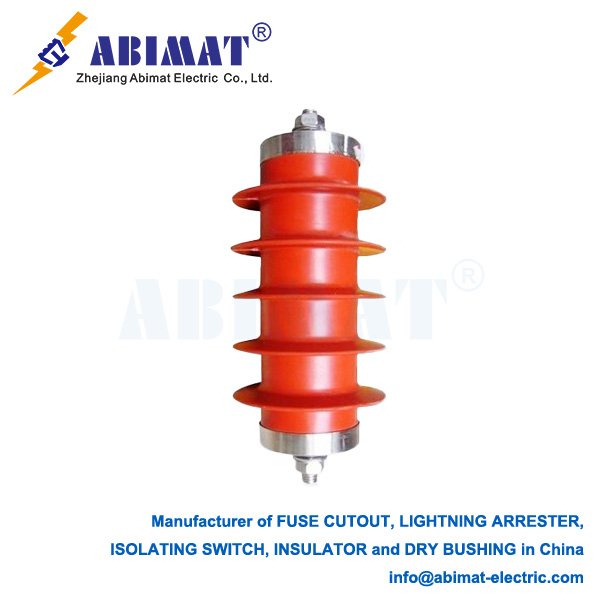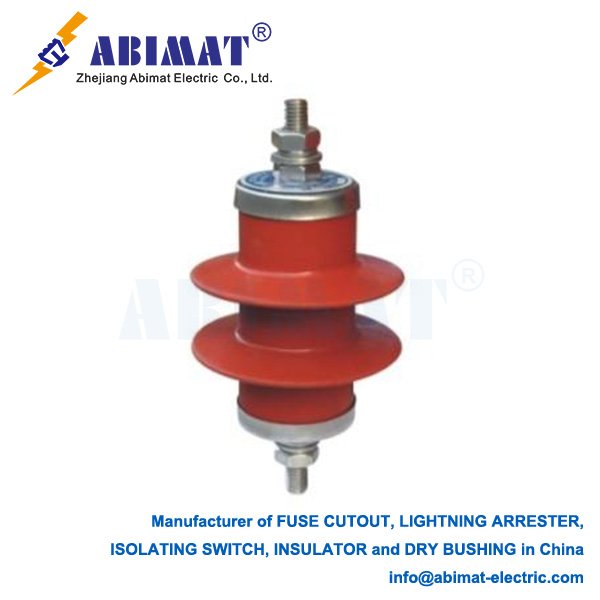Distribution Arrester: Essential Protection for Electrical Networks
A distribution arrester—people also call it a surge arrester—is an important protective device. You put it on electrical distribution systems, usually systems that go up to 36kV. Its main job is to protect expensive equipment. Think of transformers, switchgear, and cables—this arrester keeps them safe. It does this by controlling temporary high voltages. Those high voltages come from lightning hits or switching surges.
The arrester works on a simple but helpful rule. When the electrical system has normal voltage, the arrester has very high resistance. It acts almost like an open circuit. But when a dangerous high-voltage surge pops up, things shift. The arrester has a special resistor material—most of the time, it’s metal-oxide varistors (MOVs). This material quickly changes to a state with very low resistance. That low resistance makes a better path to the ground, a path that doesn’t block current much. The big surge current then goes through this path instead of hitting the protected equipment. Once the surge is over, the arrester gets back to its high-resistance state right away. This brings the circuit back to normal. It also keeps the ground separated again.

Abimat modern distribution arresters have some key traits. They have a strong metal-oxide part. This part soaks up energy well and reacts fast too. The arrester is made to be sealed. It uses gaskets, and it’s fully sealed to keep air out. This stops moisture from getting inside—moisture often makes arresters stop working. Old arresters used gap-type technology. Modern ones are different. They have polymeric covers. They’re light, hard to break, and work better. You don’t need series gaps for them.
Where you place the arresters is really important. You install them between the phase and the earth. Try to put them as close as possible to the equipment they protect. This keeps the impedance of the connecting wires low. It also makes sure the equipment is as safe as it can be. Distribution arresters hold high voltages down to a safe level reliably. This stops insulation from breaking. It also cuts down on system outages. And it makes the whole distribution network more reliable. It even makes the network last longer. So distribution arresters are a must-have. They help keep the power infrastructure strong and efficient.


